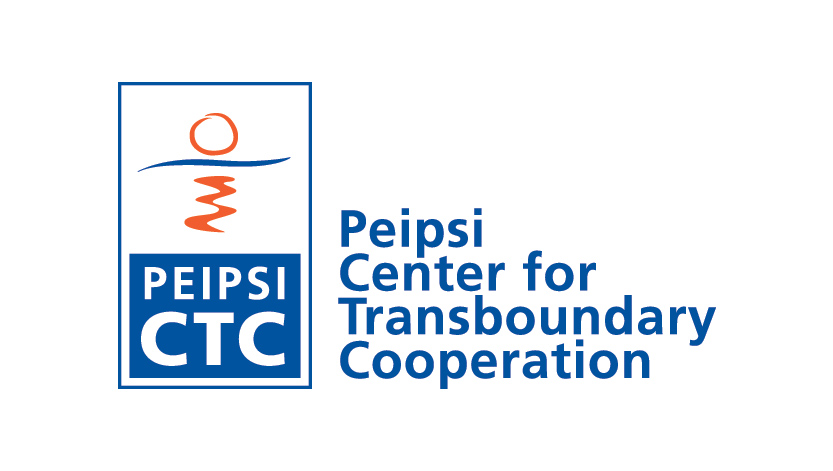Lake Sevan is the ONLY major guaranteed source of fresh water in Armenia and the largest in the entire Caucasus. Sevan is also a recreational and relaxation area of regional importance.
The Government of Armenia has just taken the decisions:
a) to make changes in the Law of Armenia on “Overall and annual Plans of restoration preservation, reproduction and usage of ecosystems of Lake Sevan”
b) to adopt a comprehensive program for the rehabilitation and development of reserves of trout and development of fishery in Lake Sevan.
We are very concerned about this governmental resolution, which stipulates increasing annual water outlet limit from 170 million cubic meters to 240 million cubic meters for a duration of five years, and implementing a fish breeding project in Lake Sevan, which envisages to breed 50,000 tons of trout in cage nets in the Lake by 2023, feeding the fish with forage containing nitrogen and phosphorus.
Implementation of these programs will lead to the loss of a strategic reserve of fresh water - 37 billion cu / m, as well as other water sources, the existence of which is secured by keeping the level of Lake Sevan.
Our organization, Armenian Women for Health and Healthy Environment (AWHHE), is working with the Eco-Coalition, an environmental alliance of NGOs of Armenia, to send UNEP a letter asking them to work to influence the Armenian government to reverse the environmentally unsound and dangerous decisions they have made.
More information about Lake Sevan and the recent governmental decisions are below.
:::::::::::::::::::::::::::::::::::::::::::::::::::::::::::::::::::::::::::::::::::::::
As a result of disastrous policies of the Soviet era, the level of the lake fell by 19.01m, from its original of 1,915.9m. The lake is now 1,896.86 metres high; the volume has declined from 58.5 billion cubic meters to about 34.0, and the surface area has shrunk from 1,416.2 km2 to 1,238.1 km2.
Drop in the lake level that occurred in the Soviet time, in conjunction with an increase in wastewater discharges, adversely affected the circulation of biochemical substances and disrupted normal functioning of ecosystems which eventually resulted in the eutrophication process – that is the 6 times increase of the accumulation of organic matter in the water over 50 years. Excess catch of endemic fishes in conjunction with the above reasons reduced the number of trout populations dozens of times.
Today Lake Sevan faces new challenges. One challenge is linked with the government decision to change the law on use, rehabilitation, preservation and restoration of the Sevan ecosystem. The main argument is that the two decisions will result in loss of strategic freshwater volumes of the lake (34,7 billion cubic meters) coupled with loss of other sources that exist only due to keeping the level of Lake Sevan.
Another challenge is posed by the “Trout Reserve Recovery and Fish Breeding Development in Lake Sevan” that is lobbied by the business sector. The production of lake trout using a cage-basin method will reach 50000 tonnes by 2023. For that purpose, 50000 tonnes of artificial diet containing nitrogen and phosphorus will be introduced to the lake annually. The lake will get only 1.5% of annually produced trout, the rest will be exported. According to environmentalists, the program is completely contrary to the RA Law "On Lake Sevan " and contains environmental risks, and most of all may irreversibly endanger the quality of freshwater.
We consider that the destruction of the lake ecosystem, water quality deterioration, and probabilities of outbreaks of epidemic in Sevan fish may have irreversible and disastrous consequences for all the country and region, as a whole.
Independent experts say that the program lacks evaluation of environmental impact, and monitoring program is incomplete. Both decisions provoked a strong wave of protest among environmentalists and the general public in the Gegharkunik, Armavir and Ararat regions.
There is a danger to leave 29 communities with their population of 40,000 without water and thus result in potential outmigration.
The environmentalists warn that establishment of 74 fish farms for artificial fish breeding on the shores of Lake Sevan will result in filling annually 5000 tons of artificial forage in the forms of nitrogen, phosphorus and other chemical mixtures resulting in water logging in the lake.
Scientists argue that the lake is in a very imbalanced state when any experimental project poses the risk of losing the unique freshwater source. The decrease of the phosphorus concentration and increase in concentration of nitrogen is irreversible is due to the allowed decrease of the water level.
The problem of Lake Sevan is not only an ecological problem, it is a problem of the national safety of Armenia.
Elena Manvelyan
President
Armenian Women for Health and Healthy Environment
Member of Armenia’s ECO Coalition of NGOs
